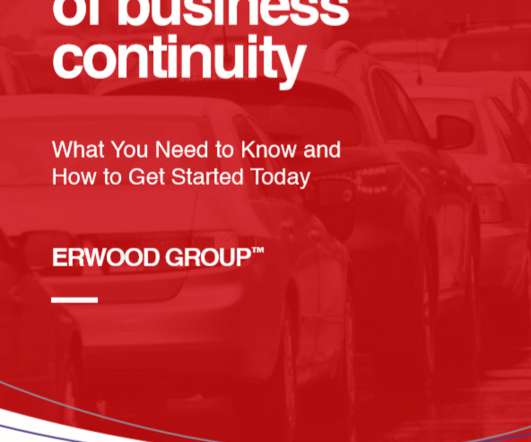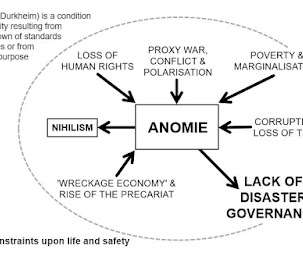Why Crisis Management Planning Should Be On Your To-Do List
Bernstein Crisis Management
NOVEMBER 29, 2023
Why Crisis Management Planning Should Be On Your To-Do List In a competitive market regularly impacted by events which disrupt the ability to operate, a volatile social climate, and rapidly shifting consumer expectations, what separates businesses that thrive and those that struggle is often their preparedness for crises.












Let's personalize your content